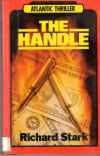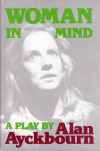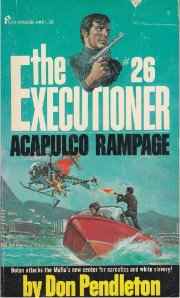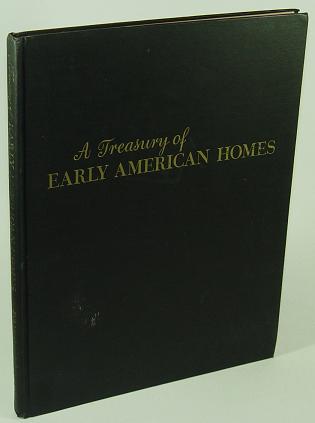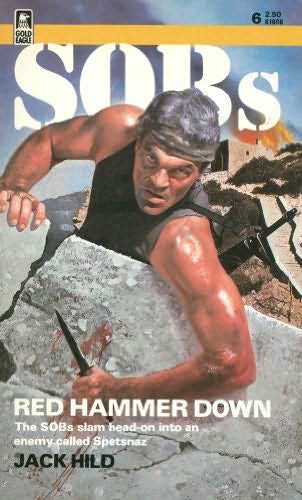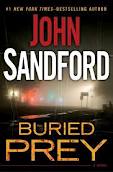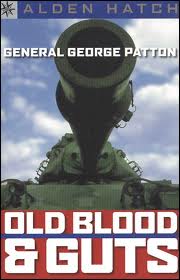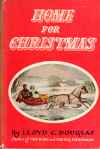Wednesdays can be a dangerous day for me. The younger lad has only a half day of school, so instead of driving into town and then home and then into town and then home in a three hour stretch, I hit the gym for an hour and a half or two hours, but then I have an hour to roam town. A town with many book stores. And on Wednesday, I hit two: Barnes and Noble (to spend a gift card) and The Book Castle.
And I bought a couple books.
I got:
- A copy of Strunk and White for my ha’brother, who is in an MBA program and could use it.
- The American Patriots Almanac, a daily reader of founding documents and founding fathers.
- Evil Dead on VHS. I’ve not seen any of them. What sort of bad Gen X geek does that make me?
- A picture book of Cologne, France. Not cologne.
- A collection of alternate Robin Hood stories where Robin Hood is not in medieval England.
- Blockade Billy, a short hardback (130 pages) by Stephen King that was $5 at Barnes and Noble (on sale). A short, cheap read? What a concept!
- It’s Not Easy Being Green by Jim Henson.
- A stir fry cookbook for my wife.
- A collection of works by Gil Elvgren.
- A collection of presidential papers from 1841-1860 or 1821-1840. Right before the Civil War.
The books from Book Castle were all from its sale shelves and room; I spent $5 and change there. After the $20 gift card from Christmas, I spent $12 at Barnes and Noble. So about $17 total. Not bad for the stack, especially as three of the books are new.




